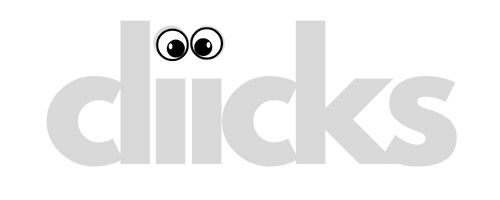Soldering Equipment Market Trends Focus on Energy Efficiency, Portability, and Digital Temperature Control
Current Soldering Equipment Market trends indicate a shift towards more automated and efficient soldering solutions. The rise of smart manufacturing and Industry 4.0 is driving the adoption of advanced soldering equipment that integrates with automated production lines. Moreover, there is an increasing focus on eco-friendly soldering materials and processes, as manufacturers seek to minimize their environmental impact. Innovations in soldering technologies, such as laser soldering and wave soldering systems, are also gaining traction, reflecting the industry's response to evolving market demands and technological advancements.
The global soldering equipment market is evolving rapidly, driven by the expansion of the electronics manufacturing industry, advancements in automation, and the rising adoption of precision soldering technologies. Soldering, a process of joining two or more metal components using a filler metal, remains a fundamental step in electronic assembly and repair processes. From circuit board assembly to large-scale industrial fabrication, soldering equipment plays an essential role in ensuring durability and conductivity. With the increasing demand for miniaturized electronic devices, the market is witnessing the introduction of sophisticated soldering systems capable of handling intricate and high-precision tasks.
Market Dynamics and Key Growth Factors
The soldering equipment market is primarily fueled by the continuous rise in consumer electronics production, including smartphones, computers, and wearables. Additionally, the growing trend of electric vehicles (EVs) and renewable energy systems has created new opportunities for high-performance soldering tools. Automation and robotic soldering systems are replacing traditional manual methods, enhancing efficiency and precision in mass production. Moreover, the ongoing miniaturization of electronic components is pushing manufacturers to adopt micro-soldering and reflow soldering technologies. Factors such as improved heat control, faster soldering times, and enhanced safety standards have further contributed to the market’s robust expansion.
Technological Advancements and Product Innovations
Technological evolution is shaping the future of soldering equipment. The emergence of temperature-controlled soldering stations, lead-free soldering irons, and reflow ovens with real-time process monitoring has improved production accuracy. Smart soldering systems integrated with sensors and IoT connectivity enable predictive maintenance and performance optimization. Moreover, the adoption of eco-friendly fluxes and low-residue soldering materials aligns with global sustainability trends. Manufacturers are increasingly focusing on ergonomic designs and energy-efficient systems to cater to the demand for portable and easy-to-operate soldering tools.
Regional Insights and Market Trends
Asia-Pacific dominates the global soldering equipment market, attributed to the presence of major electronics manufacturing hubs in China, Japan, South Korea, and Taiwan. North America and Europe also hold significant shares, driven by technological innovation and the growing automotive and aerospace sectors. Countries like India and Vietnam are emerging as key markets due to the expansion of local electronics production facilities and government initiatives promoting industrial manufacturing. The integration of Industry 4.0 technologies and AI-based soldering control systems is a notable trend expected to transform production efficiency and product quality across regions.
Competitive Landscape and Strategic Developments
The competitive landscape of the soldering equipment market includes established players focusing on innovation and partnerships. Companies are investing in R&D to develop advanced soldering robots, laser soldering systems, and precision thermal control solutions. Collaborations with electronics manufacturers and contract assembly companies are expanding market reach. Additionally, mergers and acquisitions are being observed among key players to strengthen technological capabilities and global presence. Continuous training and after-sales support have become key differentiators in ensuring long-term customer loyalty in this evolving sector.
Challenges and Future Outlook
Despite promising growth, the market faces challenges related to the high cost of advanced soldering systems and the need for skilled technicians. The transition to lead-free soldering also poses quality and performance challenges for some industries. However, with increasing investment in automated and eco-friendly manufacturing processes, the future of the soldering equipment market looks bright. The emphasis on precision, sustainability, and smart manufacturing is expected to propel market growth significantly in the coming decade.
FAQs
1. What are the main types of soldering equipment?
The main types include soldering irons, soldering stations, reflow ovens, wave soldering machines, and robotic soldering systems.
2. Which industries use soldering equipment most?
Soldering equipment is widely used in electronics, automotive, aerospace, and telecommunication industries.
3. What trends are shaping the soldering equipment market?
Key trends include automation, lead-free soldering, IoT-enabled systems, and eco-friendly materials.
More Related Reports:
On-line Total Organic Carbon Analyzer Market Trends


- Art
- Causes
- Crafts
- Dance
- Drinks
- Film
- Fitness
- Food
- Jeux
- Gardening
- Health
- Domicile
- Literature
- Music
- Networking
- Autre
- Party
- Religion
- Shopping
- Sports
- Theater
- Wellness



